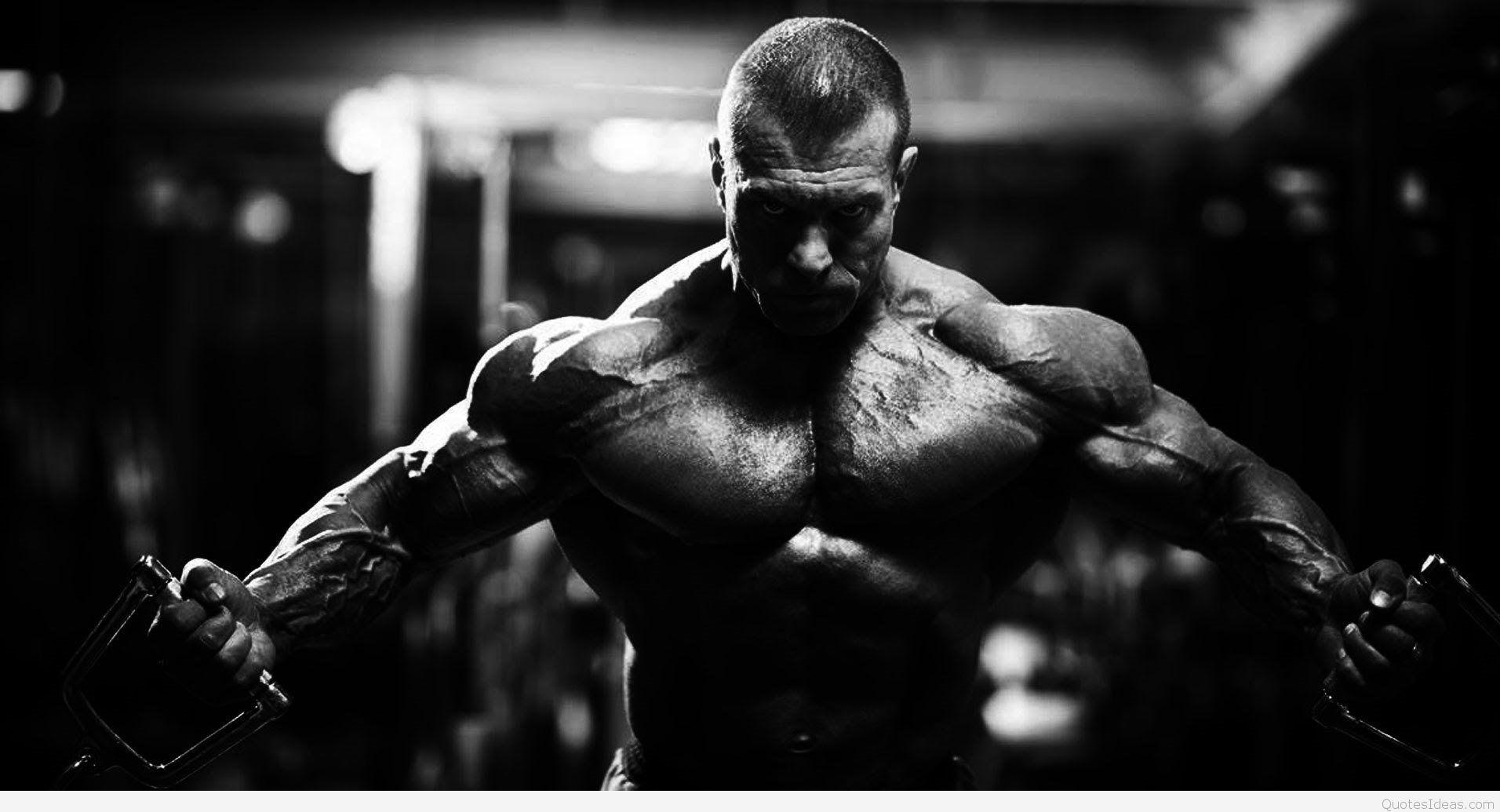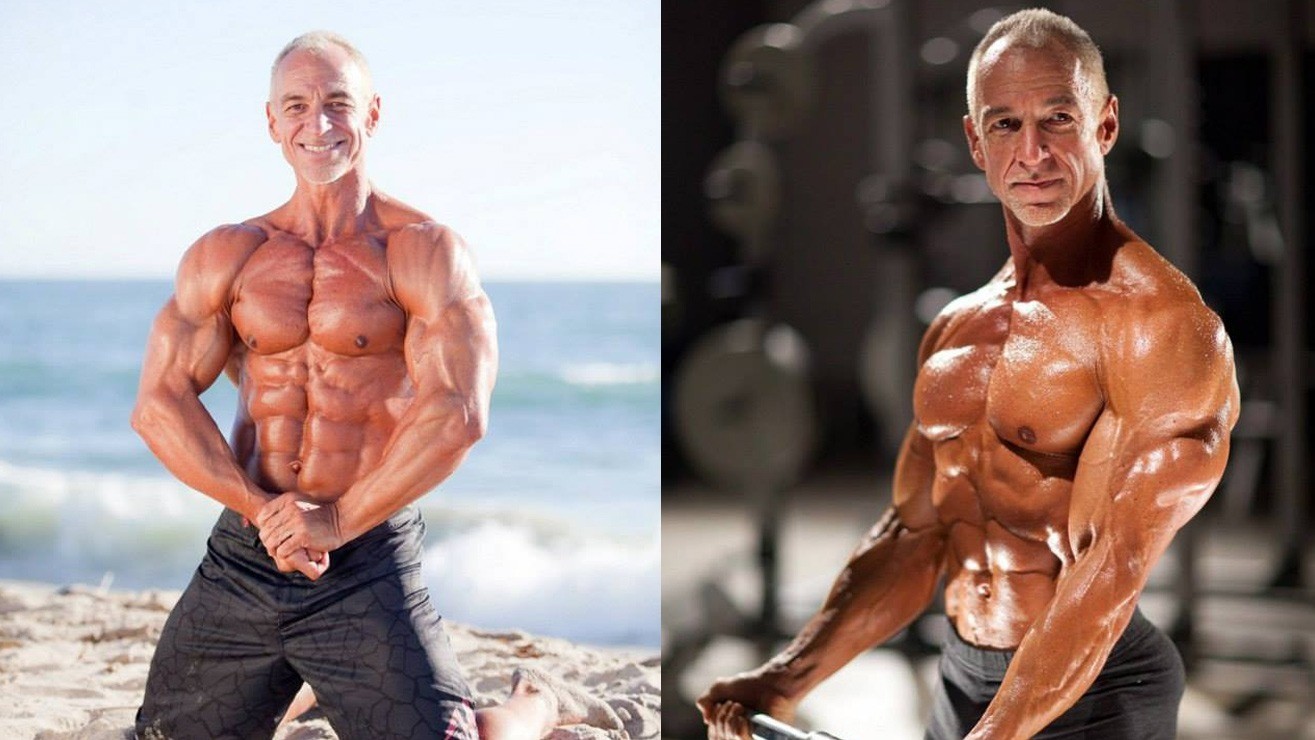How Heavy Should You Lift To Gain Big Muscle
You know that to gain muscle and get big you have to lift heavy weights and constantly challenge yourself. But how heavy should you actually lift to get the desired results, that is to gain more muscle as fast as possible? To understand this and answer the question we’ll have to look at what is needed for the muscles to actually grow.

First of all, your muscles grow only because you tear the muscle tissue during the workout and allow it to heal during recovery. So the main principle of muscle growth is loading them up, especially in the eccentric movement when the muscles extend and the most “damage” happens. That’s why your muscles feel sore the next day and that’s why you need to fully recover – to allow them to heal – before working them again and to learn how to boost the healing process you can click on MoneyOffSupps money off codes.
Does that mean that you should lift as heavy as you possibly can and stop only when you can’t move the weight off the floor? Not exactly, the maximum weight you should lift is actually much lower than that.
This is where the correct exercise form and your body posture comes in. You see, if you lift too heavy, you tend to compensate when your muscles can’t handle the load and it puts your body and especially your joints in an awkward position. As a result, incorrect body movement doesn’t work the muscles all that much (because you don’t contract and extend them properly) and it can lead to trauma and injury. So the exercise form plays a major role in determining how heavy you should lift.
On the other hand, if you go too low and pick safe but low weights, you will not work the muscles all that much either. If you don’t challenge yourself, your muscles quickly adapt to stimuli, and all of a sudden you’re training for endurance and not muscle gain.
Let’s take a look at a couple of classic exercises and how you can track your form to find the correct maximum weight for you.
The Deadlift
When doing the deadlift, the form is especially important because it’s easy to injure one of the most sensitive parts of your body – your lower back. And yet it’s absolutely paramount to lift very heavy for this exercise to be effective.
Start low and get the form perfectly right noting exactly how it makes you feel as well as using a mirror to watch out for imbalances in your body. Then gradually increase the weight until you start feeling discomfort in doing the reps in the perfect form in slow and control movement. As soon as you feel like you need to use momentum or to compensate by curling your back or shrugging, go back to a lower weight.
And at the same time, look to constantly test yourself and push the limits with bigger weights if your current weight seems too easy.

The Squat
Another great example is the squat because it also takes very heavyweights. Your knees are in the crosshairs here so make sure you feel right by starting with lower weights. As you increase the weight, monitor your posture and the movement of your knees. Make sure your knees don’t move inwards and that you don’t shift to your toes. As soon as it becomes impossible to hold this form in slow controlled movements, it’s time to back up.
If you apply this technique in every exercise, sure, you will not lift as heavy as you possibly could. But it’s not a matter of showing off, it’s a matter of the most effective weight for the best results, and this is the way to do it. Work closely on your muscle movement while reasonably challenging them and you’ll get the biggest gains safely.
